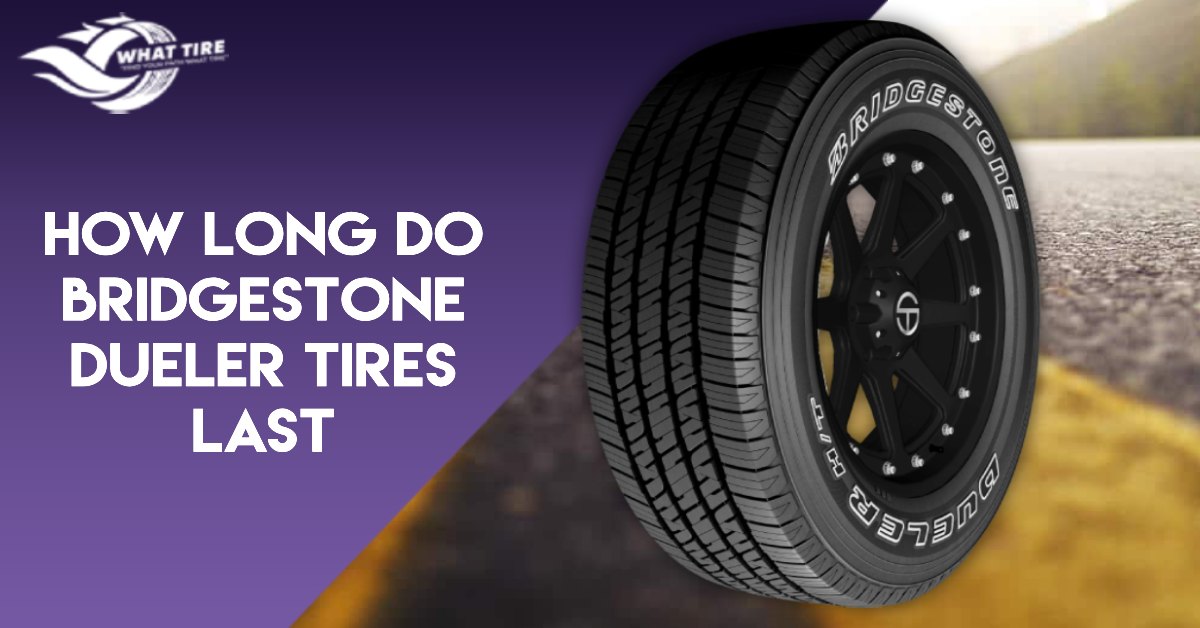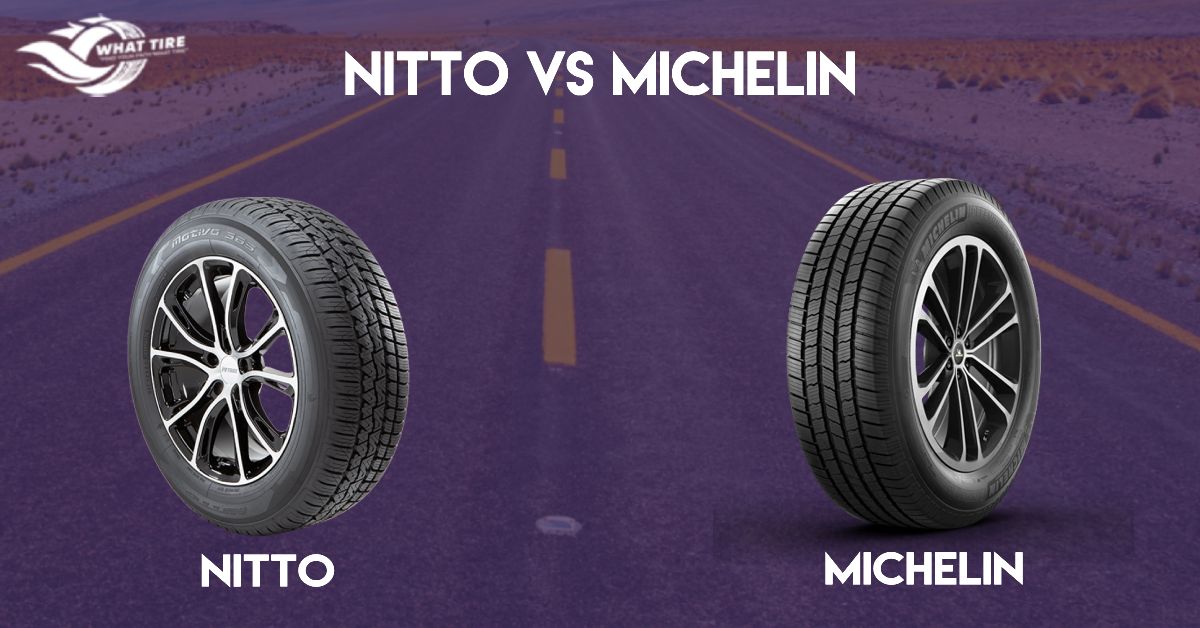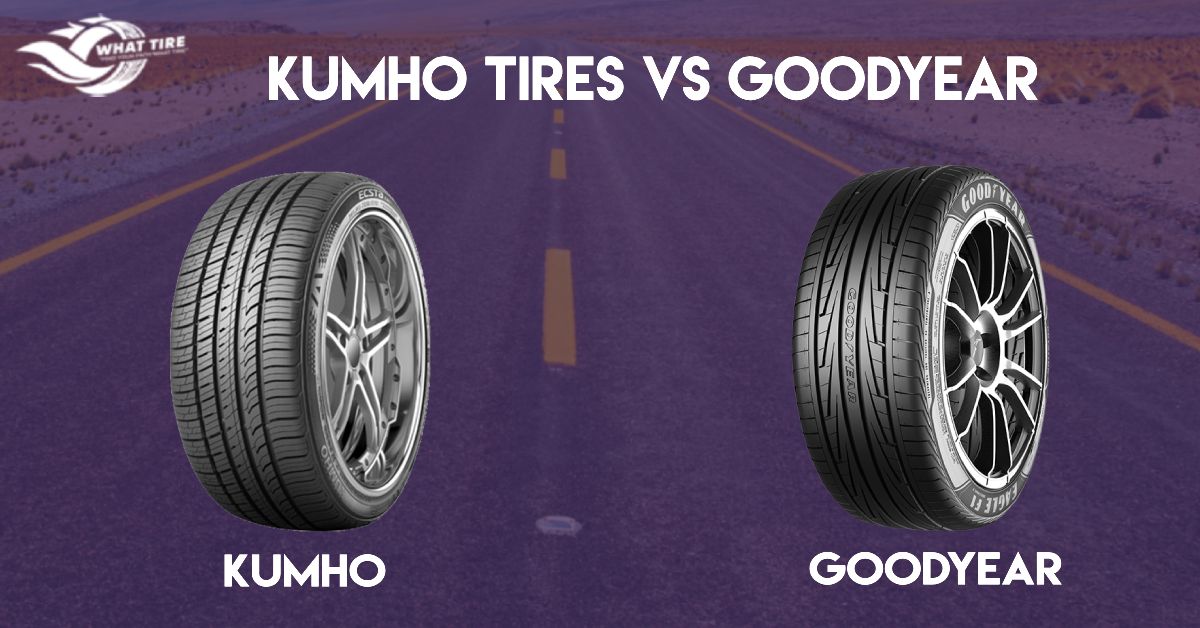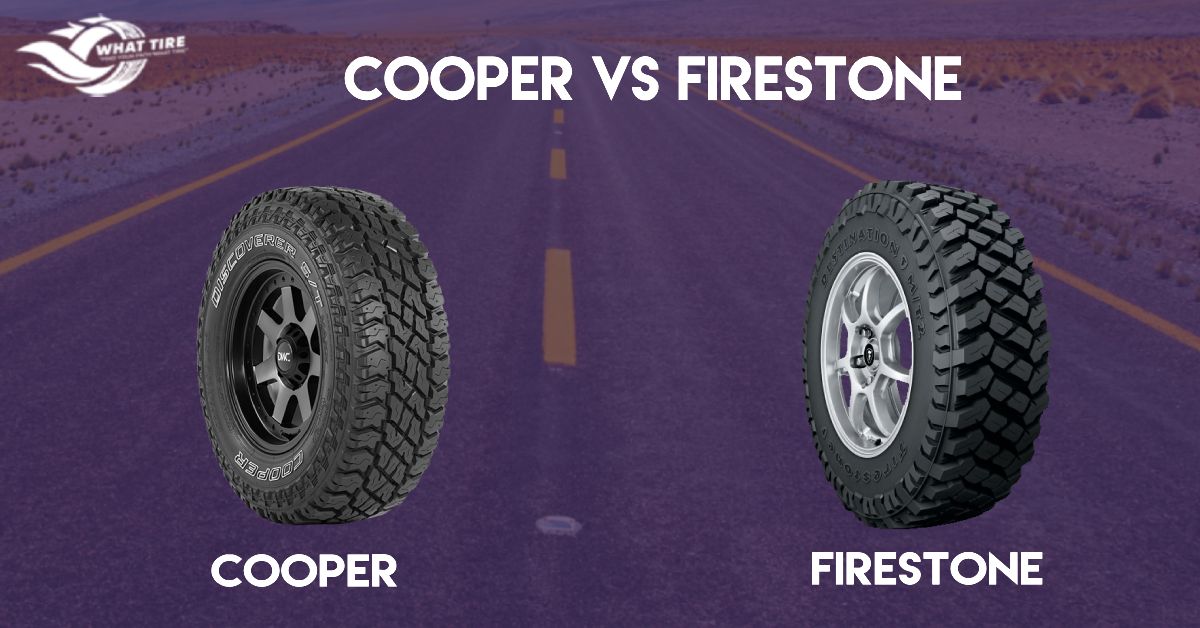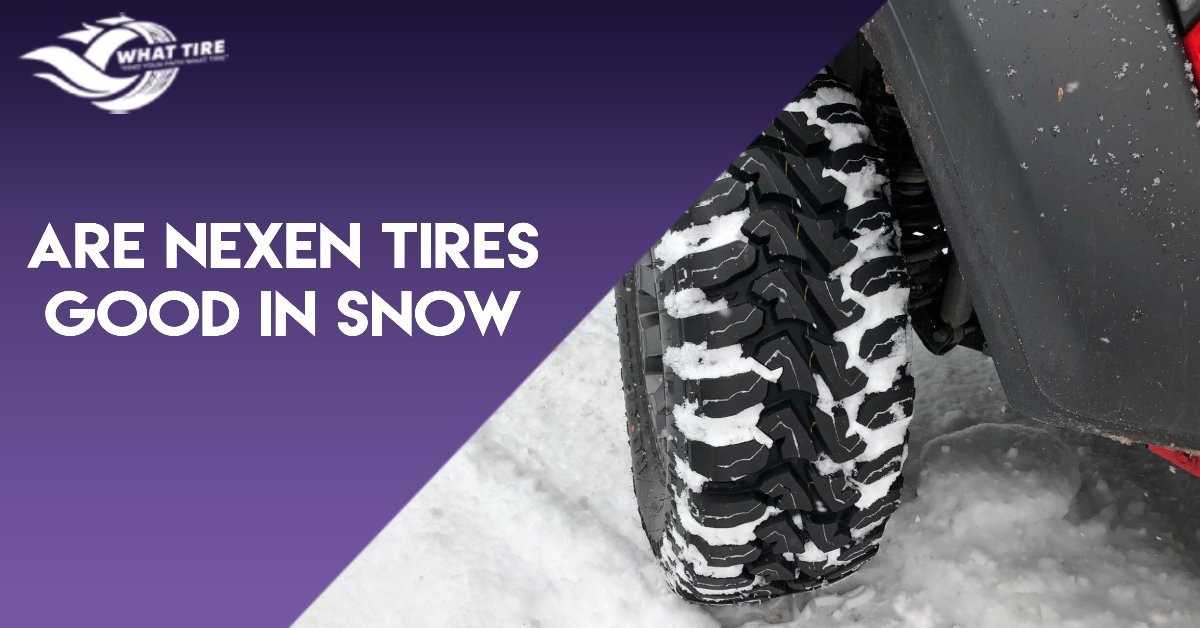When choosing the best tires for your vehicle, understanding the differences between Cooper vs Firestone is crucial.
Both brands are prominent players in the tire industry, each with its own set of innovations and technologies.
This comparison will delve into their rubber compounds, tread designs, manufacturing processes, and performance to help you make an informed decision.
Table of Contents
ToggleAbout Cooper Tires
Cooper Tires, established in 1914, is renowned for its advancements in tire technology. This article highlights the different approaches each brand takes to improve performance.
Cooper uses advanced silica-based compounds that enhance wet traction and reduce rolling resistance, leading to better fuel efficiency.
Their 3D Micro-Gauge siping technology is designed for stability and traction in various conditions, including snow and ice.
Additionally, Cooper’s Adaptive Traction Technology adjusts the tread pattern to provide optimal performance on different surfaces, from dry roads to off-road terrains.
About Firestone
Firestone, a subsidiary of Bridgestone, has been a major force in the tire industry since 1900.
In the Cooper vs Firestone debate, Firestone stands out with its Nano-ProTech technology, which reduces energy loss and improves grip. This enhances both fuel efficiency and handling.
Firestone’s UNI-T technology optimizes tread design for better ride comfort and handling precision. Their Hydro-Grip technology focuses on water evacuation to reduce hydroplaning and improve wet traction.
With Bridgestone’s extensive R&D resources, Firestone uses advanced materials like Long Link Carbon to increase tire durability and resistance to damage.
Rubber Compound Technology
Rubber compound technology significantly affects tire performance, durability, and efficiency. Here’s how Cooper vs Firestone applies their technologies:
Cooper
- Uses advanced silica-based compounds to improve wet traction and fuel efficiency.
- Includes wear-resistant materials to extend tire life.
- Provides excellent grip and stability in various weather conditions.
Firestone
- Utilizes Nano-ProTech (Nanostructure-Oriented Properties Control Technology) for enhanced grip and reduced energy loss.
- Incorporates Long Link Carbon to strengthen the tire and increase durability.
- Improves fuel efficiency and handling.
Comparison
Both brands offer unique benefits. Cooper vs Firestone reveals that Cooper focuses on grip and stability, while Firestone emphasizes durability and performance.
Tread Design and Performance
Tread design affects traction, handling, and overall performance. Here’s how Cooper vs Firestone approaches tread design:
Cooper
- Features 3D Micro-Gauge siping for better stability and control, especially in snow and ice.
- Uses Adaptive Traction Technology to adjust the tread pattern for different surfaces, from dry roads to rugged off-road conditions.
Firestone
- Employs UNI-T (Uniform Tire Quality Grading) technology to refine tread patterns for improved handling and ride comfort.
- Includes Hydro-Grip technology with advanced water evacuation channels to reduce hydroplaning and enhance wet traction.
Comparison
Cooper excels in traction and stability for diverse terrains and winter conditions, while Firestone offers balanced handling and superior wet traction for all-around performance.
Manufacturing Processes
Manufacturing processes impact tire quality and performance. In the Cooper vs Firestone comparison:
Cooper
- Uses precise and automated manufacturing techniques for consistent quality.
- Emphasizes rigorous quality control and extensive testing to meet safety and performance standards.
Firestone
- Leverages Bridgestone’s R&D resources for advanced manufacturing techniques.
- Adheres to ISO standards for high-quality and environmentally friendly production.
Comparison
Cooper emphasizes precision and quality control, while Firestone benefits from advanced R&D and ISO-certified processes.
Performance in Various Conditions
A tire’s performance across different conditions is essential. Here’s how Cooper vs Firestone performs:
Cooper
- Excels in all-terrain with aggressive tread patterns and robust construction.
- Specializes in winter tires with Snow Groove technology for excellent grip on icy and snowy surfaces.
Firestone
- Offers balanced handling and performance in both wet and dry conditions.
- Known for high performance and grip, thanks to technologies like Pulse Groove and a strong racing heritage.
Comparison
Cooper is ideal for all-terrain and winter performance with aggressive tread patterns, while Firestone provides balanced handling and responsiveness in various conditions.
Innovation and Research & Development
Innovation and R&D drive advancements in tire technology. In the Cooper vs Firestone context:
Cooper
- Invests in research for diverse driving conditions and emerging markets.
- Focuses on eco-friendly manufacturing practices and sustainable materials.
Firestone
- Utilizes Bridgestone’s R&D resources to develop new technologies and materials.
- Commits to reducing rolling resistance and sustainable production methods.
Comparison
Cooper focuses on tailored research and sustainability, while Firestone benefits from extensive R&D and eco-friendly initiatives.
Cooper vs Firestone Comparison Table
Check out a summarized overview of the comparison we did above to know which tie fits which type of needs.
| Aspect | Cooper | Firestone | Verdict |
| Rubber Compound Technology | Advanced silica-based compounds. | Nano-ProTech and Long Link Carbon. | Firestone |
| Tread Design and Performance | Excels in all-terrain and winter conditions. | Offers balanced handling in wet and dry conditions. | Cooper |
| Manufacturing Processes | Precision and quality control emphasized. | Benefits from Bridgestone’s R&D resources and ISO-certified processes. | Tie |
| Innovation and R&D | Invests in tailored research and sustainable practices. | Leverages Bridgestone’s R&D and eco-friendly initiatives. | Tie |
Strengths of Cooper
- Silica-based compounds for better-wet traction and fuel efficiency.
- Durable rubber formulations.
- Superior all-terrain and winter performance.
- Advanced manufacturing techniques.
Strengths of Firestone
- Innovative technologies like Nano-ProTech and Long Link Carbon.
- Balanced performance in all conditions with a strong racing heritage.
- Extensive R&D and advanced manufacturing.
- Commitment to eco-friendly production.
Cooper vs Firestone – Which is Better?
Both brands have their strengths. Cooper excels in durability and all-terrain performance, while Firestone stands out with advanced technologies and balanced handling.
Also Explore Are Cooper Tires Better Than Michelin Tires?
Conclusion
Choosing between Cooper vs Firestone depends on your driving needs. Whether you need all-terrain capability or balanced handling, both brands offer innovative solutions.
Your choice should align with your driving conditions and preferences.
FAQs
1- Which brand offers better wet traction, Cooper or Firestone?
Both brands have technologies that enhance wet traction. Cooper uses advanced silica-based compounds. Firestone employs Nano-ProTech technology and Hydro-Grip technology for superior wet performance. Depending on your specific needs and driving conditions, either brand can offer excellent wet traction.
2- Which tire brand is more fuel-efficient, Cooper or Firestone?
Both brands are fuel-efficient; Cooper uses silica-based compounds, and Firestone uses Nano-ProTech technology.
3- How do Cooper and Firestone tires compare in terms of durability?
Firestone tires may have a slight edge in durability with Long Link Carbon technology, but both brands offer highly durable tires.
5- What are the key differences in tread design between Cooper and Firestone tires?
Cooper focuses on stability and control in various conditions, while Firestone emphasizes ride comfort and handling with advanced water evacuation.

